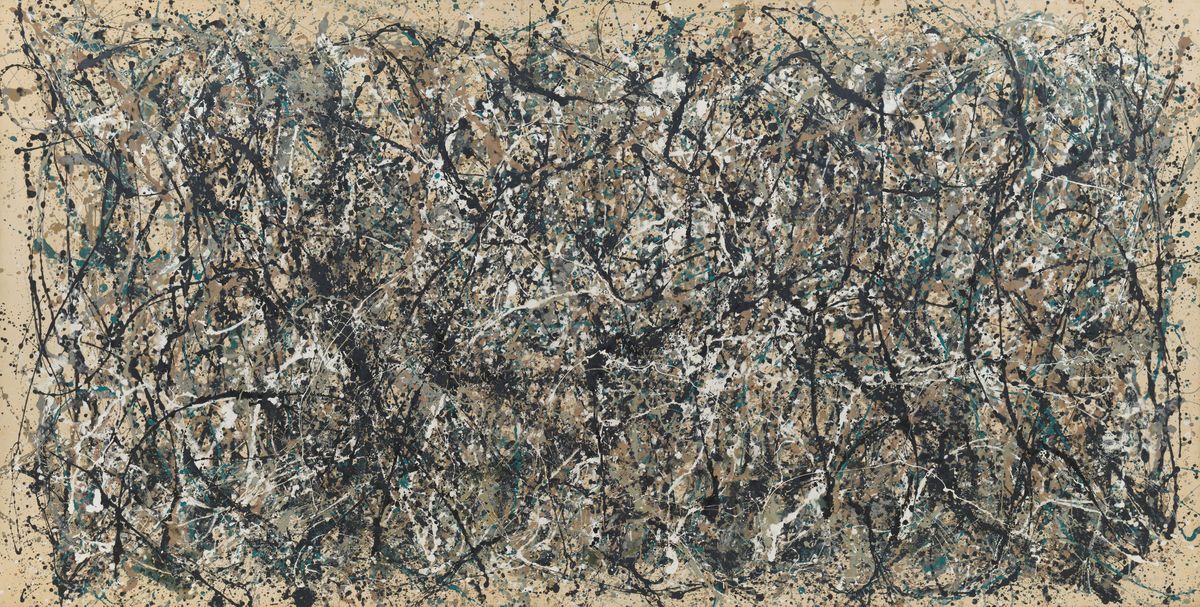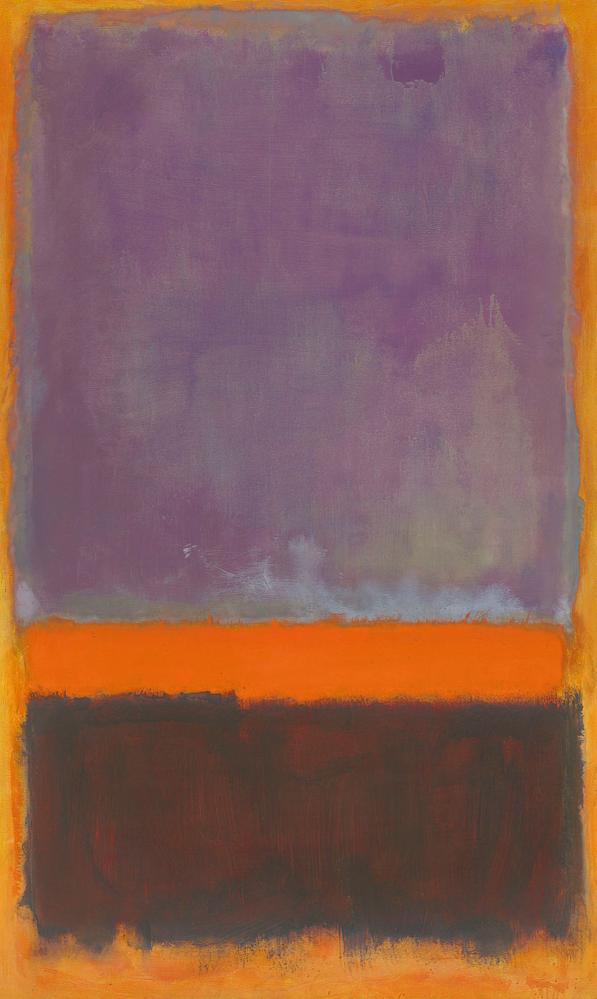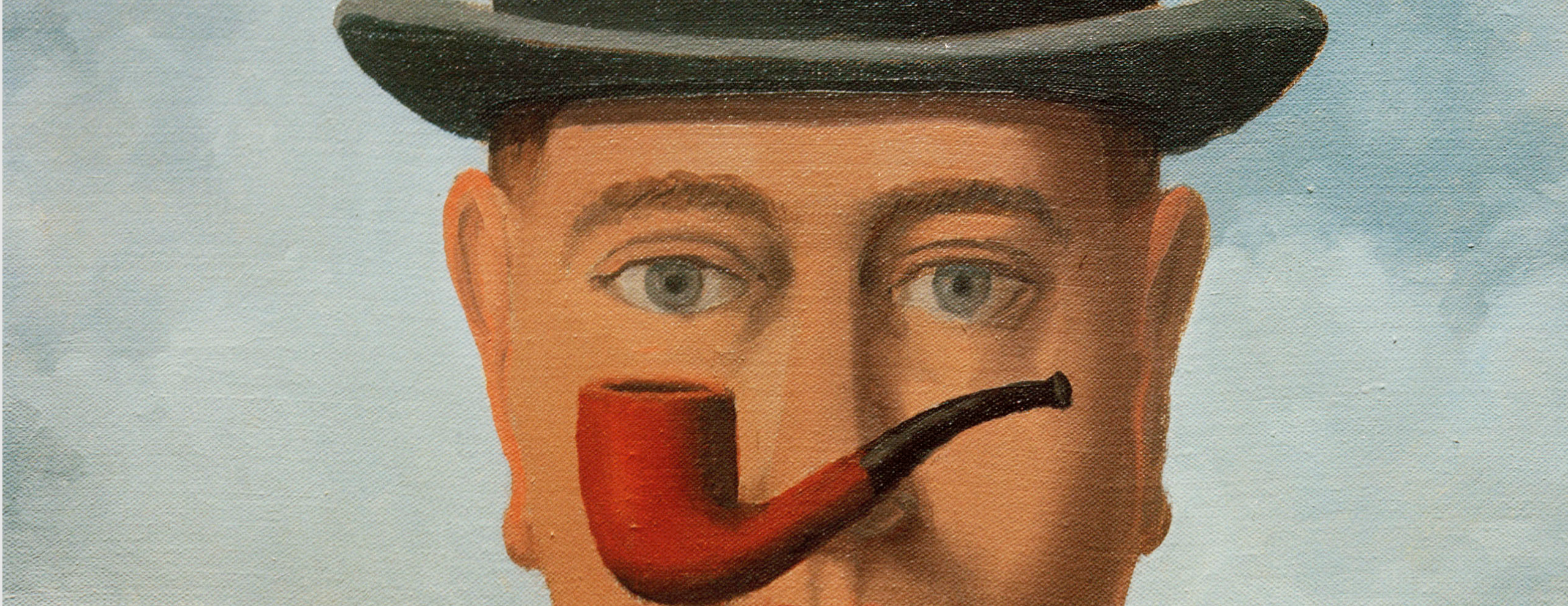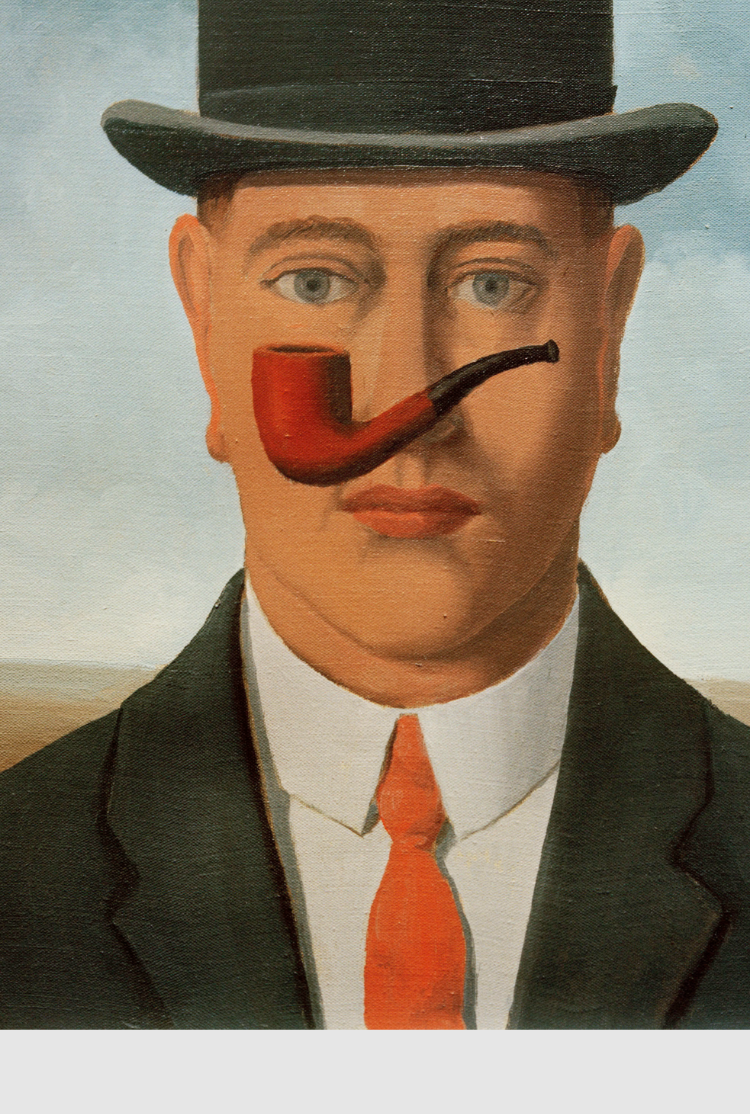back
Abstract Expressionism
1
Abstract Expressionism
Who on earth were the “Irascibles” ?
They were abstract painters (their paintings did not represent observable reality) who gave birth to the first 100% American movement.
The movement they belong to was called “Abstract Expressionism”. In fact, it had two branches:
- Action painting: The artist’s movements are important, since the whole body is involved.
- Colorfield painting: The canvases are covered with large areas of colour, which becomes the subject of the paintings.
In a nutshell

Abstract Expressionism, which is divided between action painting and colorfield painting, was an artistic movement born in the United-States.
See also






